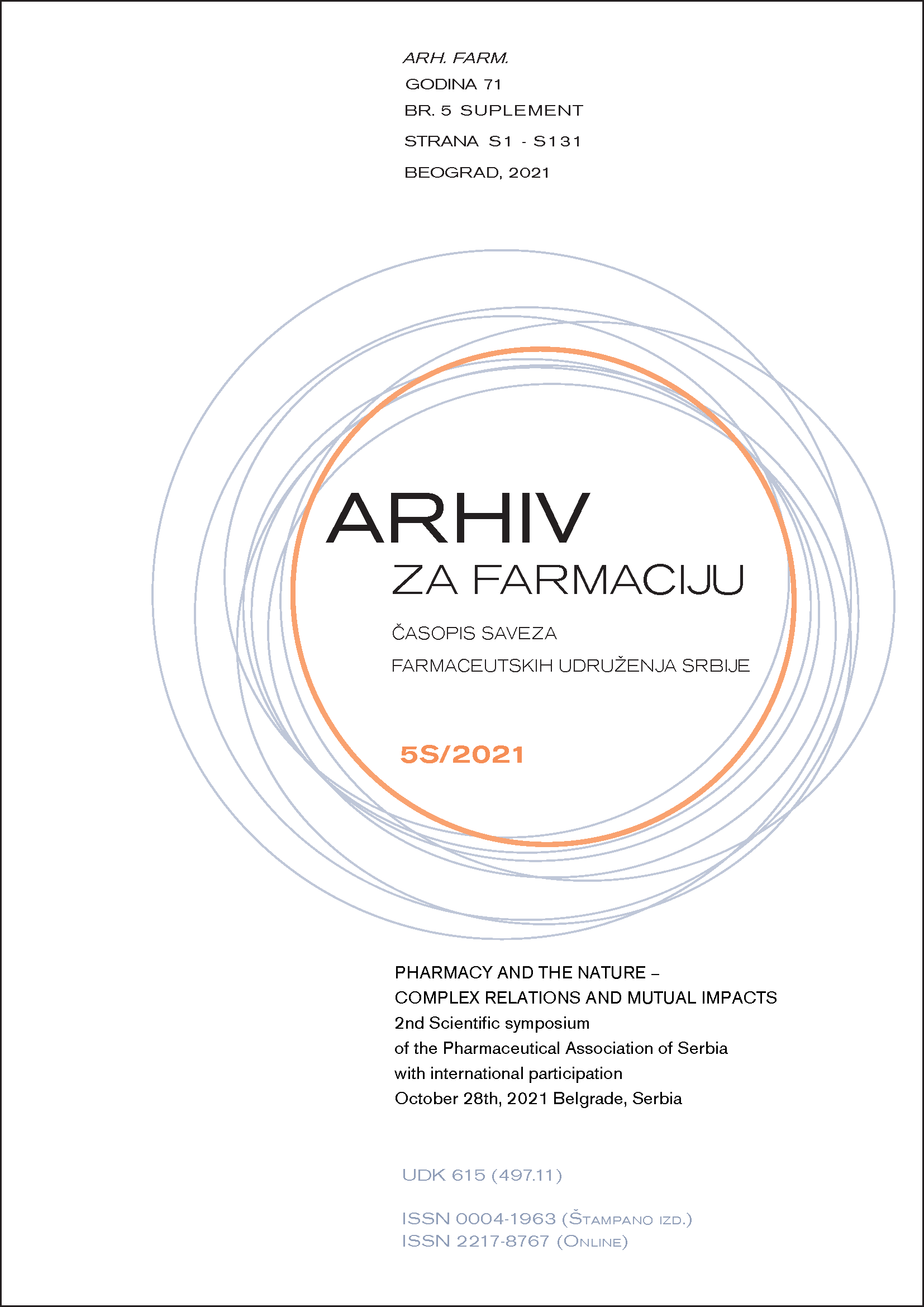MULTIFUNCTIONAL COMPOSITES BASED ON ALGINATE HYDROGELS FOR POTENTIAL USE IN WOUND DRESSINGS
Abstract
Alginate hydrogels are widely used in wound dressings due to hydrophilicity, biocompatibility, flexibility, and high sorption capacity, providing effective moisture regulation in wounds and inducing rapid granulation and reepithelization of the damaged tissue. However, these dressings are not bioactive so that different methodologies have been investigated to extend functionality of alginate hydrogels.
In the present work, we show several approaches to achieve this aim by addition of different biologically active components. These include incorporation of silver nanoparticles as potent antimicrobial agents (1), bioactive honey components (2), activated charcoal (AC) particles as carriers of therapeutically active agents (3) as well as the use of Zn-alginate hydrogels that release zinc ions (4). The obtained composites were comprehensively characterized regarding composition, cytotoxicity, antibacterial activity, release kinetics of active agents and wound treatment in a rat model.
Ag/alginate nanocomposite hydrogels releasing silver ions and/or nanoparticles exhibited high bactericidal activity against a broad spectrum of standard and multi-drug resistant clinical bacterial strains (Escherichia coli, Staphylococcus aureus, methicillin-resistant Staphylococcus aureus – MRSA, Acinetobacter baumannii and Pseudomonas aeruginosa). Especially interesting results were obtained against 13 clinical isolates of A. baumannii, which were completely extinguished over 48 h in 6 cases (2). However, in 3 clinical isolates, antibacterial effects were not noticed implying possibility for development of bacterial resistance to silver. In the treatment of 2nd degree burns in rats Ag/alginate nanocomposites exhibited the same efficiency as commercial medical products (5).
Composite alginate hydrogels with immobilized AC particles impregnated with povidone iodine (PVP-I) as a model therapeutically active agent, were developed with the aim to provide controlled particle release in the wound without actually releasing the adsorbed substance, thus achieving the desired activity without adverse effects by systemic absorption. The composite Ca-alginate hydrogels induced strong bactericidal effects against two standard bacterial strains and clinical multi-resistant wound isolates (MRSA, E. coli, P. aeruginosa, Еnterococcus faecalis and Proteus mirabilis) without releasing PVP-I in the environment (3). Furthermore, composite Zn-alginate hydrogels released zinc ions in addition to AC particles with adsorbed PVP-I, which induced additional microbicidal effects on one wild yeast strain (Candida albicans). The obtained bactericidal effects were ascribed to effective adsorption of bacteria onto AC particles and further direct contact with the adsorbed iodine, while the antifungal activity against C. albicans was assigned to released Zn2+.
Overall, the developed composite alginate hydrogels have shown high potentials for utilization in variety of multifunctional wound dressings according to the specific needs.

